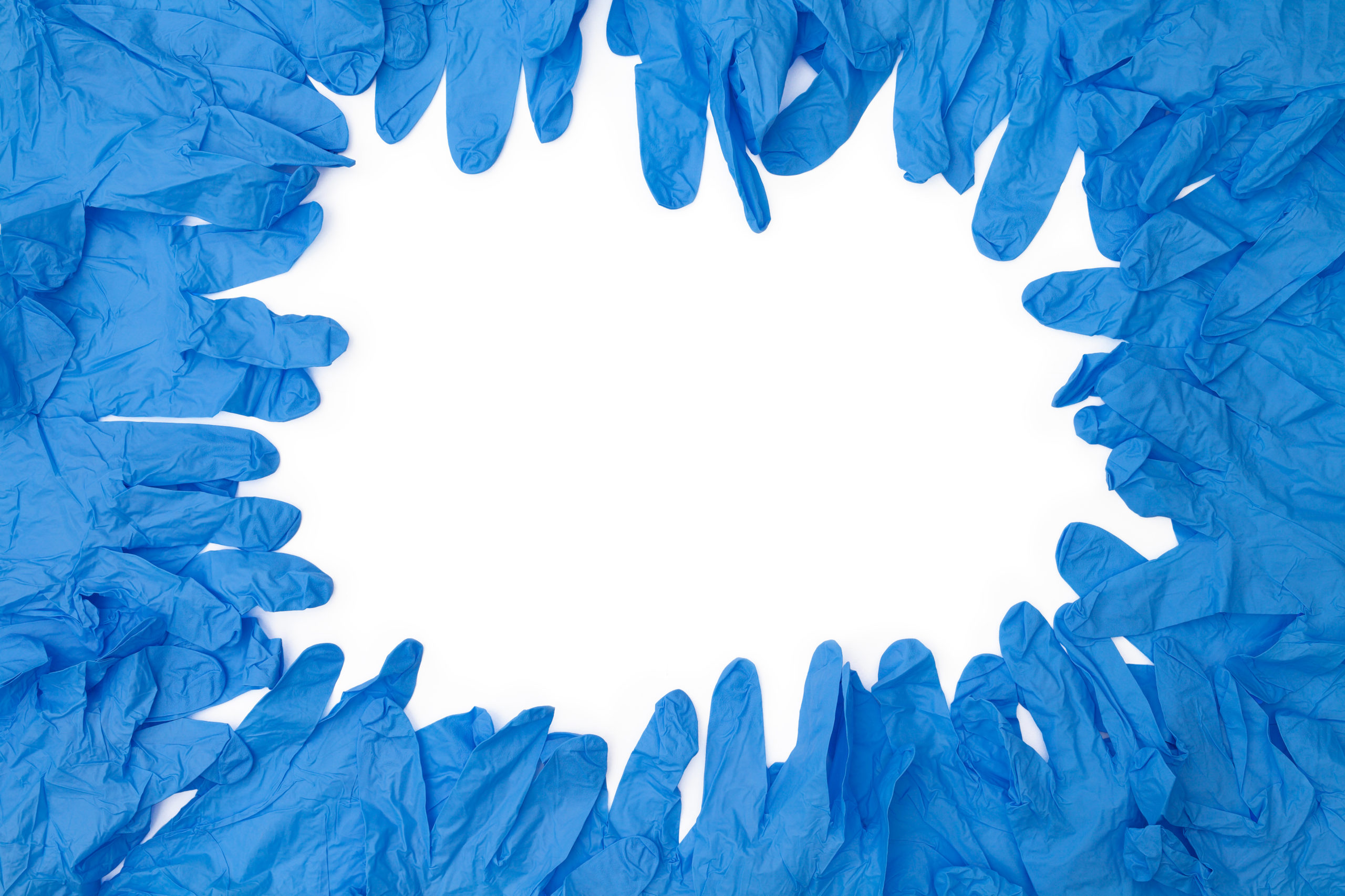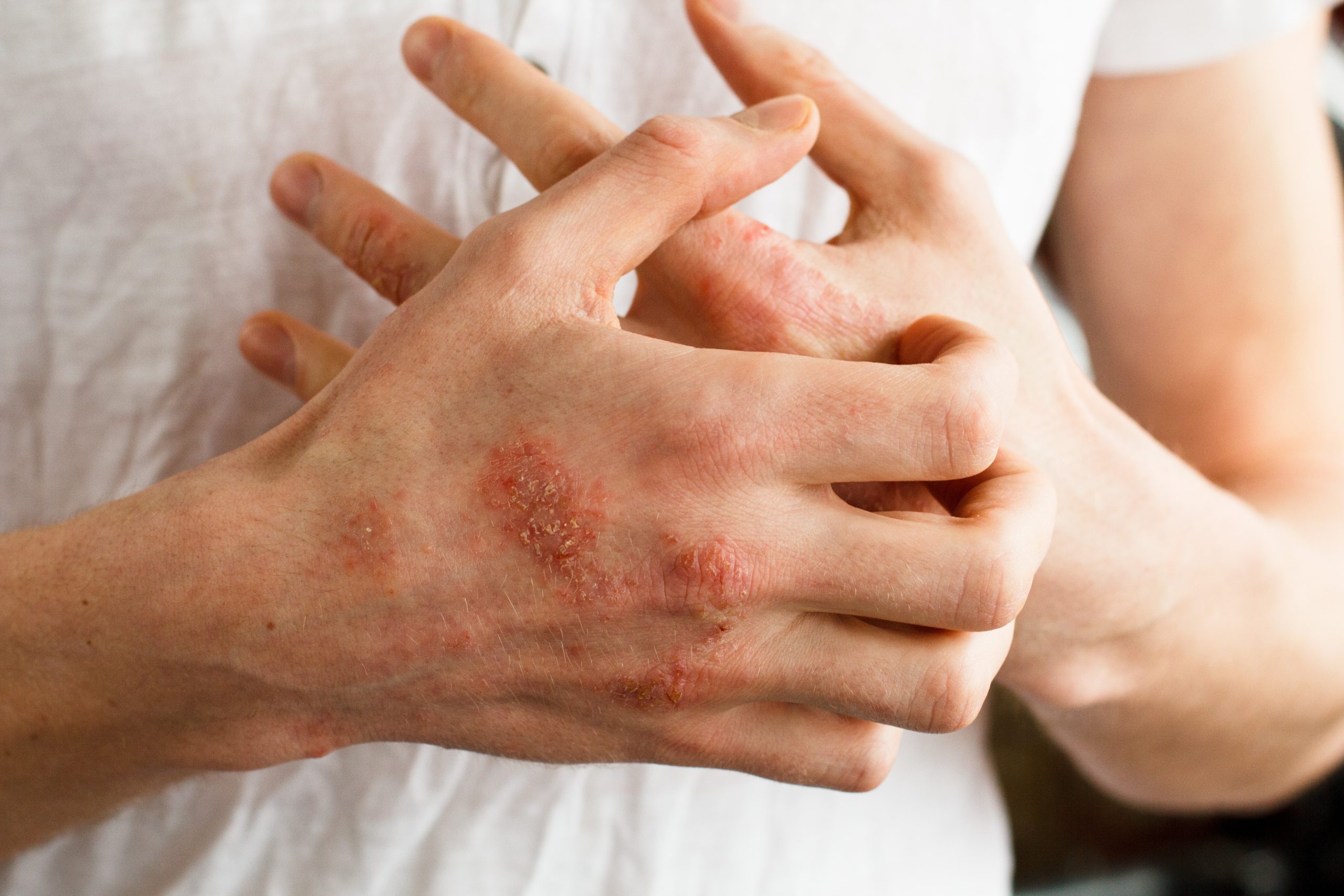How to choose the right surgical/isolation gown:
There is an overwhelming amount of disposable gown options available on the market, and the vast majority are manufactured outside of Australia. In fact, the current Australian capacity for manufacturing disposable isolation gowns is very limited.
As always when purchasing from other nations, it is crucial that you are getting product from a reliable, valid, and quality source. Santé has partnered with trusted suppliers that have undergone our stringent risk management process, whereby you can be assured of a successful supply chain with large quantities of gowns available at competitive rates.
Broadly, there are three key considerations to have when purchasing isolation gowns:
- The standard i.e. according to AAMI (Association for the Advancement of Medical Instrumentation). Relevant tests include: Water Resistance: impact penetration, hydrostatic pressure and resistance to bacteriophage (see table below).
- The material of the gown (typically PP+PE and SMS, see below) and;
- Packaging options, the key consideration being sterility: Sterile (surgical gown) or Non-Sterile (isolation gown).
PP+PE Material: This is the basic level of material. The PP stands for Polypropylene which is a thermoplastic often used in packaging and for items such as cling wrap and sandwich bags, it is strong and can generally withstand high temperatures. The polypropylene is then coated with PE (polyethylene). Polyethylene is also a thermoplastic very similar to polypropylene and is used for items such as garbage bags and squeezable bottles. The PE coating offers an extra barrier for chemical resistance.
SMS Material: This is a three layered tri-laminated material. The acronym simply stands for Spunbond, meltblown, spunbond. Level 3 and 4 gowns sometimes have extra letters to the acronym, which simply signify additional layers of material (i.e. SMMS, SSMMS and SMMMS). Both spunbonds and meltblowns are types of polypropylene.
Spunbond polypropylene makes a good outer/inner layer as it is a strong, durable, yet breathable fabric. In addition, spunbonds are flame-retardant and have antistatic properties, and can therefore be used for increased ultraviolet and gamma ray protection.
Meltblown polypropylene by contrast has weak tensile properties due to micro fibres. At the same time, these micro fibres provide more surface area contributing to excellent wicking and barrier properties.
Together, spunbonds and meltblown create a product which is strong, comfortable, breathable, lightweight, resistant to tears and punctures, and acts as a barrier to fluids and particles.
Santé surgical/isolation gown offerings provide a variety of options based on the above points, which includes but is not limited to: AAMI Level 1 PP Gowns, AAMI Level 2 and 3 PP + PE Gowns, and AAMI Level 2, 3 and 4 SMS Gowns. There are also further more specialized options available at request such as reinforced gowns.
See below comparative table and link to detailed specification sheets which will hopefully prove helpful and informative for your buying decisions. If you are struggling to identify the right gowns, source the specific type you require, obtain required quantities, or are otherwise interested in our gowns, then please get in touch.
| AAMI Standard | Level 1 | Level 2 | Level 2 | Level 3 | Level 3 | Level 4 |
| Test Report | SGS | SGS | SGS | SGS | SGS | SGS |
| Material | PP+PE | PP+PE | SMS+PE | PP+PE | SMS> | SMMS+PE Coating |
| Material Weight | 35 gsm | 45 gsm | 35 gsm | 60 gsm | 45 gsm | 45 gsm + 18 gsm PE |
| Water Penetration: Impact Penetration Test AATCC 42* | <4.5g | <1.0g | <1.0g | <1.0g | <1.0g | As per Level 3 |
| Hydrostatic Pressure Test AATCC 127 (cmh20) | Not required | >20.0 | >20.0 | >50.0 | >50.0 | As per Level 3 |
| Resistance to Bacteriophage Phi-X174-ASTM F 1671 | Not required | Not required | Not required | Not required | Not required | PASS |
| Price Factor** | 1 | 2 | 3 | 3 | 4 | 5 |
*Critical zone blotter weight gain in grams
** From 1 to 5 with 5 being the most expensive




